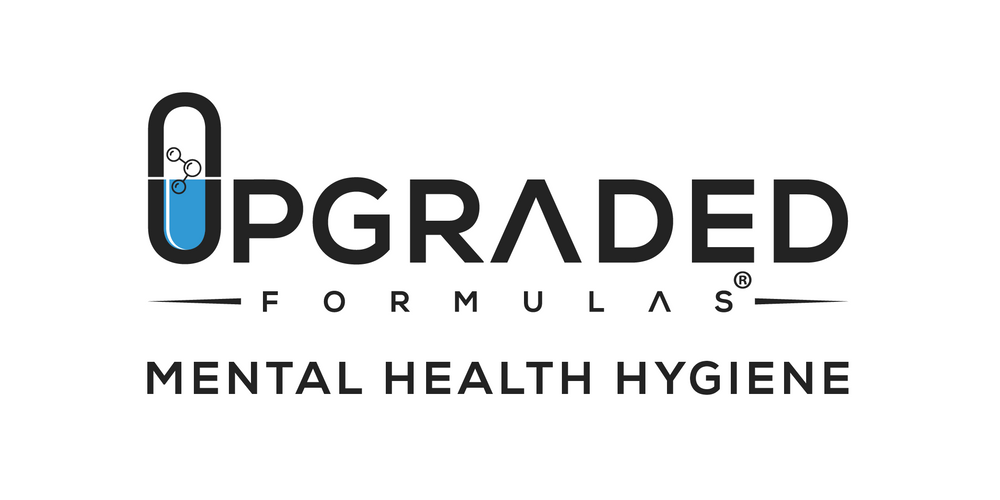We've all heard about chelation therapy and how it is very popular in the mineral world- probably one of the most widely used methods to rid the body of heavy metals. The word 'chelation' comes from the verb 'to chelate' which means 'to grab or hold onto'. By implementing it in a therapeutic form, chelation therapy is a method in which one uses certain chemical substances called chelators to bind or hold onto other substances, usually metals, to then excrete out of the body.
Sounds great and dandy right? Not so fast.
In our previous article titled An Introduction To Ionic Mimicry we discuss occurrence of how heavy metals accumulate in the body and how it's not so much the metals are "out to get us" but rather it is a defense mechanism the body falls into to continue to function.
This process of ionic mimicry, where an non essential mineral replaces an essential one is an adaptive process where the body is simply trying to survive with the resources it is being given. Without this process of adapting, even when utilizing not the most suitable resources, is required or the body's systems would be at risk in developing severe issues from the get-go. Therefore, despite it not being a favorable mechanism, it still serves a purpose.
This means that metals, resembling essential minerals, can take the place of minerals for they mimic them in either molecular weight or characteristics.
So now I am sure you're thinking, okay, but what does this have to do with chelation therapy? Metals are still bad and we still want them out, right?
Sort of.
1. Chelation therapy doesn't just chelate metals. One big problem with it is that it also chelates minerals and this can further someone's ill state for two reasons. First, people are already generally deficient in essential minerals, such as magnesium, zinc, and even potassium. Even by removing just a bit can make someone feel tremendously worse. Second, furthering a deficiency or depletion can make someone feel a lot worse and risk the body's energy state from not being able to complete the chelation therapy at all. Detoxing is a very strenuous and energy inducing act, thus without the energy, especially essential minerals, one can get stuck in a vicious cycle of constant replenishment and detoxing.
2. Chelation has been shown to affect the body's chemistry. According to Dr. Lawrence Wilson, chelation is too abrasive to the system, even if practitioners try to replenish lost minerals through IV or supplements, the body's sense of vitality suffers and loses resilience.
3. This form of therapy can affect some major emunctory organs such as the kidneys and liver, particularly if one is using synthetic chelators. There are two types, synthetic chelators such as EDTA, DMSA, DMPS, and other drugs, or more natural sources like fulvic and humic acids, chlorella, citrus pectin, etc., which aren't as harsh and can in fact be utilized in a well structured protocol. In times in which one chooses to forgo chelation therapy but not holistically, the allopathic model could be harmful for toxic metals tend to accumulate in very "soft", "warm" and "fatty" places in the body. These are places of safety if you think of it, and usually resides in fatty tissue. Through chelation, metals are removed out of this safe spot and bound to a chelator when entering an emunctory organ. This issue here is the same as reason number 2. If we don't have enough energy, if the organs themselves don't have the correct nutrients to handle the metal, it can damage the organ itself as it struggles to excrete it out of the body.
4. When you're attempting to detox metals, people usually want to remove all toxicants, not just a few specific ones, right? Well, unfortunately, chelation therapy falls short on this because it can remove certain major metals like arsenic, aluminum, cadmium, copper, iron, lead and mercury, but they can't remove chemicals like glyphosate, phthalates, dioxin, atrazine, halogens, organophosphates and pharmaceuticals.
5. Chelation has no specific order on how it chooses to remove specific metals. Think of it this way, you want to clean up your room, but in order to start, you need to start picking up the clothes off the floor and your bed before dusting, vacuuming and mopping, right? Chelation doesn't care. It just comes in removes everything-done, point finale. Problem with this is that it can be too harsh for most people and risk metals reaccumulating. On the contrary, when working with a skilled practitioner, one is constantly adjusting mineral levels through supplementation or food to help the body detox metals at its own pace and at it's own priority.
6. Chelation therapy ignores the fact that the metals are playing a role in maintaining the body's function. As mentioned above in our previous article about ionic mimicry, metals are substituting the placement of minerals in order for the body to continue to function. Once chelated, there is nothing left for the body to depend on.
Essentially, chelation therapy doesn't work. The way in which one should approach heavy metal detoxes is through mineral balancing which should then trigger our own body's ability to replenish lost minerals and push out metals with the vitality it is being supported with. This is why understanding how minerals interact with one another is also essential, as you can read in our other article titled Mineral Antagonists And Synergists.
Hope this was insightful, and always remember, slow and steady wins the race.
Barbara Madimenos
Hair Tissue Mineral Analysis Practitioner
Functional Diagnostic Nutrition Practitioner
Integrative Health Coach


